Wetland Bird Survey Annual Report
Waterbirds in the UK
The Wetland Bird Survey (WeBS) is the principal scheme for monitoring the UK’s wintering waterbird populations, providing an important indicator of their status and the health of wetlands.
Survey results are reported in the annual publication Waterbirds in the UK, which comprises a summary report and updated species and sites numbers and trends and Low Tide maps via the WeBS Report Online interface. The report is published in the spring following the end of each WeBS year (which runs from July to June).
Annual Summary Reports
All WeBS annual summary reports are available for download. The current format, of dual publication of a summary report together with sites and species data online, began with Waterbirds in the UK 2011/12.
WeBS Report Online
Maximum counts for all sites, species indices and trends by country, low tide distribution maps, site totals for principal sites and minor sites and more are available on the WeBS Report Online interface.
Methods
For more detail on how the information is presented in the online report and important interpretation notes, please see the brief guide to WeBS Report Online and the comprehensive document
Indices and Trends Download
All indices plotted in the species pages on the WeBS Report Online are available to download as .csv files from the WeBS Report Online, either individually or together via the summary downloads below, under an Open Government licence:
- WeBS/GSMP indices and smoothed indices (2022–23): contains the latest index and smoothed non-breeding waterbird population index values for the UK and constituent countries from WeBS/GSMP. Note that not all index values start at the same year, for reasons of data availability.
- WeBS/GSMP 10- and 25-year trends (2022–23): contains 10- and 25-year trends for the UK and constituent countries.
- WeBS/GSMP indices and trends metadata (2022–23): contains licencing and notes on the two data files.
Please read the metadata and the important methods and interpretation notes linked to above before using these datasets.
The indices can also be downloaded as .xslx files, under an Open Government licence:
- WeBS/GSMP indices and smoothed indices (2022–23): contains the latest index and smoothed non-breeding waterbird population index values for the UK and constituent countries from WeBS/GSMP, and associated metadata (licencing and notes). Note that not all index values start at the same year, for reasons of data availability.
- WeBS/GSMP 10- and 25-year trends (2022–23): contains 10- and 25-year trends for the UK and constituent countries, and associated metadata (licencing and notes).
Citation
The latest WeBS data/annual report should be cited as:
Ian D. Woodward, Neil A. Calbrade, Gillian A. Birtles, Alastair Feather, Kirsi Peck, Simon R. Wotton, Jessica M. Shaw, Dawn E. Balmer and Teresa M. Frost. 2024. Waterbirds in the UK 2022/23: The Wetland Bird Survey and Goose & Swan Monitoring Programme. BTO, RSPB, JNCC and NatureScot. British Trust for Ornithology, Thetford.
Attribution
Datasets on the WeBS Report Online and the Indices and Trends spreadsheet are released under the Open Government Licence v3.0. To reuse, please include the following attribution statement:
“Contains Wetland Bird Survey (WeBS) data from Waterbirds in the UK 2022/23 © copyright and database right 2024. WeBS is a partnership jointly funded by the BTO, RSPB and JNCC, with fieldwork conducted by volunteers and previous support from WWT."
Correction Notices
June 2022
The 2019/20 WeBS Report Online has been revised following the correction to count received for the August 2019 visit for a sector (important for Oystercatcher numbers) on The Wash.
The following changes have been made to values previously reported:
1) Numbers
- The Wash, Oystercatcher, 2019/20 - Mean Peak previously reported as 44,253 (AUG), corrected to 24,070 (SEP).
2) Annual Indices unchanged (as based on Nov to Mar).
3)Monthly Indices
- England - August index previously reported as 82, corrected to 64 - other months unaffected
- Great Britain - August index previously reported as 74, corrected to 62- other months unaffected
- UK - August index previously reported as 75, corrected to 63- other months unaffected.
4) Site Totals (sum of peaks of all species)
- The Wash, 2019/20 - previously reported as 422,232 (excluding non-natives and gulls/terns but including supplementary count - the default), corrected to 400,173. Correction cascades to corresponding site total when including non-natives and/or gulls/terns and including/excluding supplementary counts.
May 2021
A discrepancy was discovered in the low tide calculation of densities given in the WeBS Report Online, which have now been changed for all years to match that used in data requests. The discrepancy arose due to whether the site density was calculated using the sum of the sector maxima or the consolidated site count. Both data requests and the WeBS Report Online now calculate density using the total of the maximum counts from each low tide sector.
A bug was fixed in WeBS Report Online where the download was retrieving old data instead of the updated data in some cases (i.e. data for a year from an earlier reported year than the most recent report, where there had been a subsequent amendment).

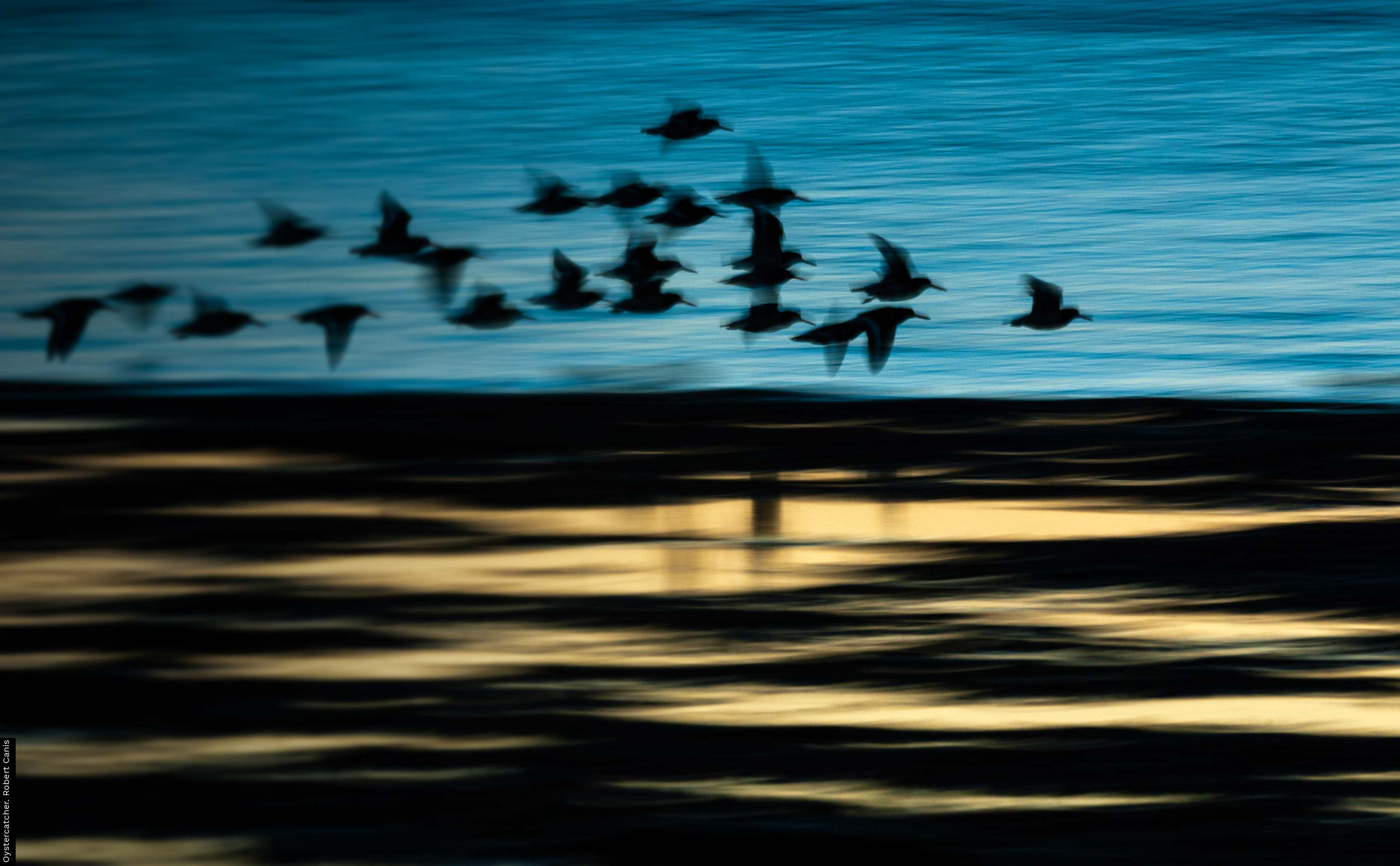
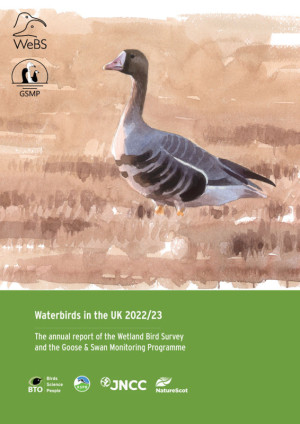
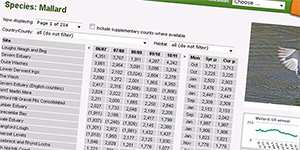

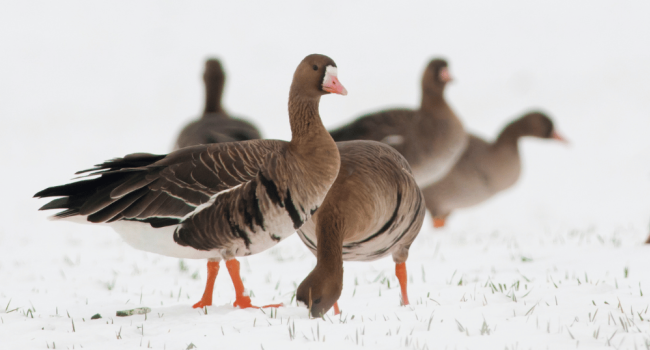
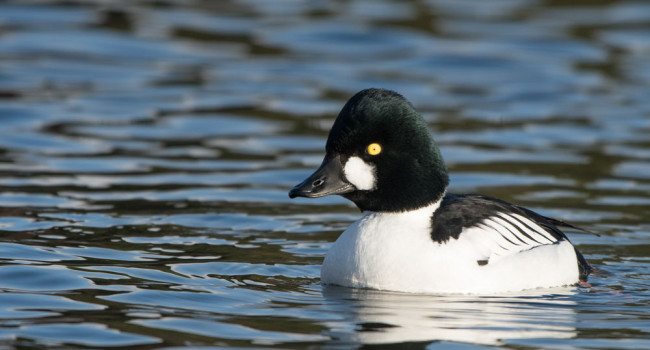
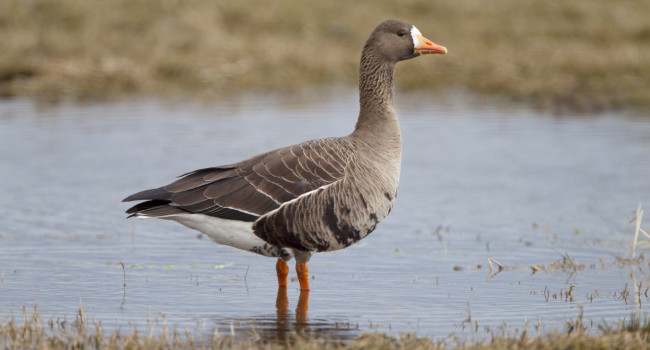

Share this page